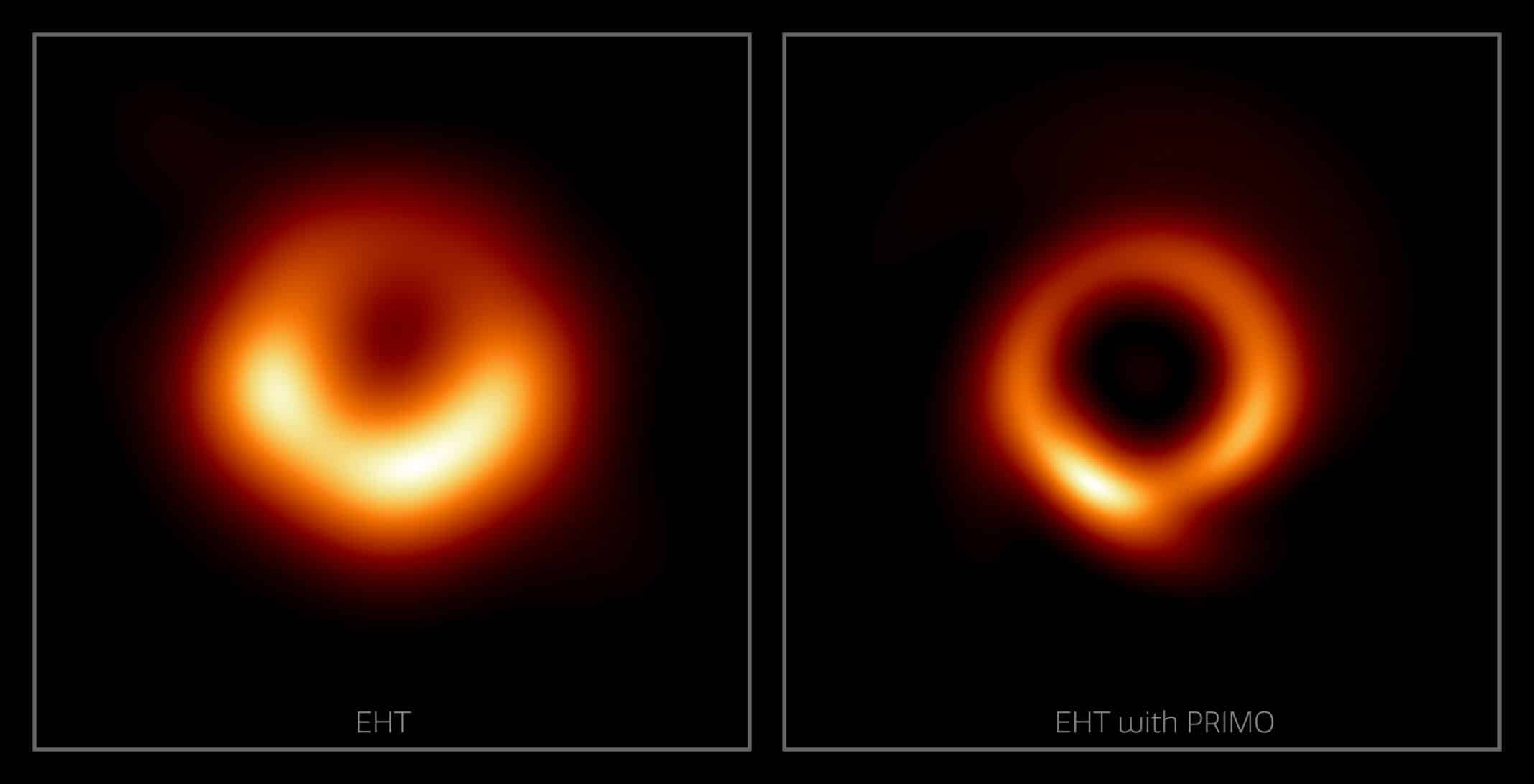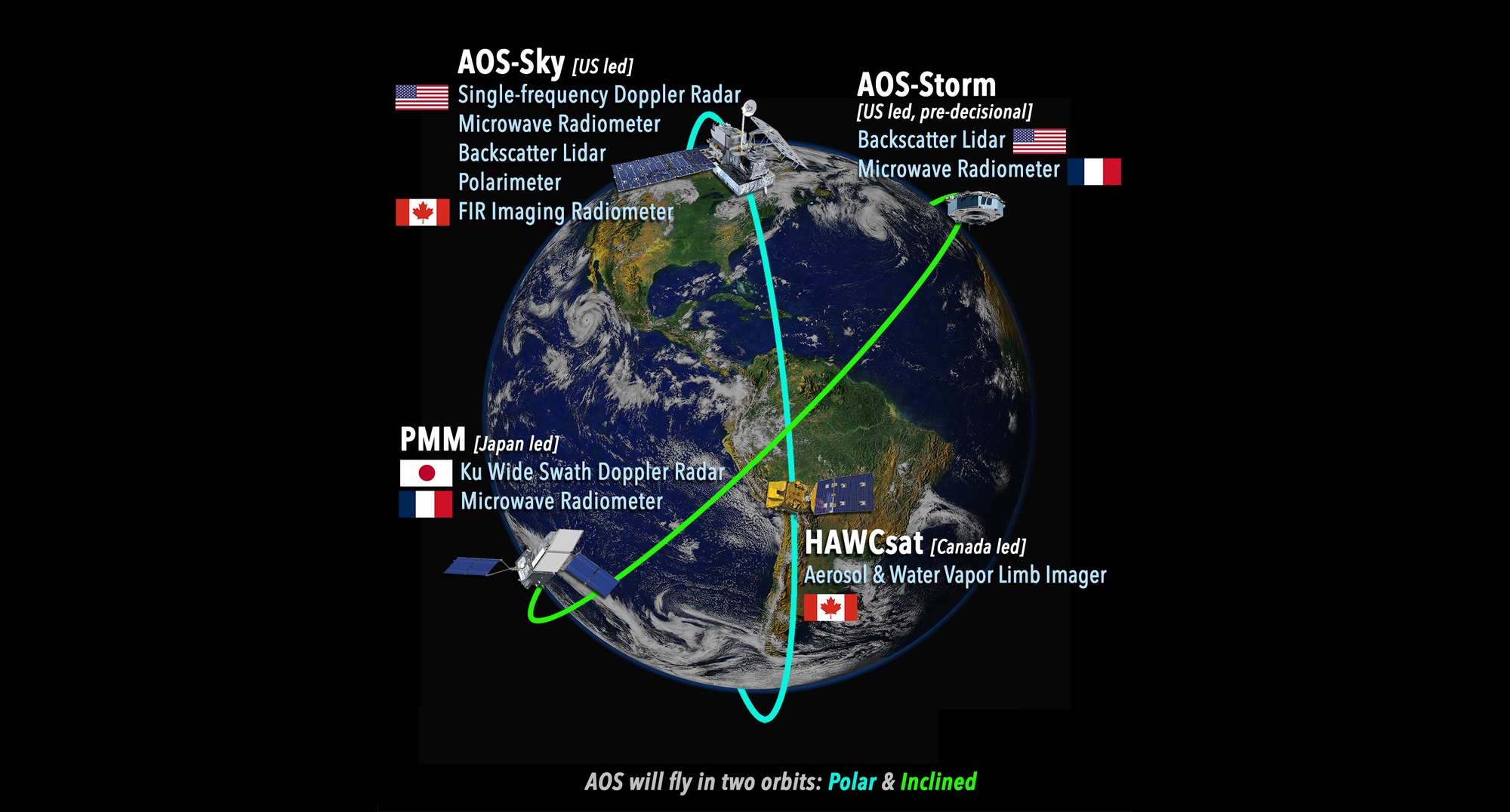A technological difficulty arises from powering the growing number of sensor nodes utilized in the Internet of Things. Due to the cost and environmental concerns with battery-powered gadgets, wirelessly powered operation and environmentally friendly circuit innovations will be required. Large-area electronics—which can be based on organic semiconductorsamorphous metal oxide semiconductors, semiconducting carbon nanotubes, and two-dimensional semiconductors—could provide a solution.
A new study supports this notion, suggesting that emerging alternative semiconductors that are printable, low-cost, and eco-friendly could lead the way to a cheaper and more sustainable IoT.
A multinational team of top experts in printable electronics led by Simon Fraser University professor Vincenzo Pecunia examined the potential of large-area electronics technology in developing sustainable, wirelessly powered Internet of Things sensor nodes. Equipping everyday objects and environments with intelligence via smart sensors would allow for making more informed decisions.
To enable self-powered, environmentally friendly smart sensorsthe team identified key priorities and potential avenues for printed electronics. Since printable semiconductors may be manufactured by printing or coating, which consume significantly less energy and materials than conventional semiconductor technologies, they can deliver electronics with a much lower carbon footprint and cost than conventional semiconductor technologies.
He says moneymaking printable electronics that can work using energy harvested from the environment—from ambient light or ubiquitous radiofrequency signals, for example—could be the answer.
“Our analysis reveals that a key priority is to realize printable electronics with as small a material set as possible to streamline their fabrication process, thus ensuring the technology’s straightforward scale-up and low cost.”
The study also highlights a vision of printed electronics that ubiquitous mobile signals could power through innovative low-power approaches. This will allow smart sensors to charge out of thin air.
Money said,“Based on recent breakthroughs, we anticipate that printable semiconductors could play a key role in realizing the full sustainability potential of the Internet of Things by delivering self-powered sensors for smart homessmart buildings, and smart cities, as well as for manufacturing and industry.”
The team is currently developing semiconductor technologies that could seamlessly integrate electronics, sensors, and energy harvesters at the touch of a ‘print’ button at single production sites. This will reduce the carbon footprintsupply chain issues, and energetic costs associated with long-distance transport in conventional electronics manufacturing.
money said,“Our hope is that these semiconductors will deliver eco-friendly technologies for a future of clean energy generation and sustainable living, which are key to achieving Canada’s net-zero goal.”
Journal Reference:
- Portilla, L., Loganathan, K., Faber, H. et al. Wirelessly powered large-area electronics for the Internet of Things. Nat Electron (2022). DOI: 10.1038/s41928-022-00898-5
Note: This article have been indexed to our site. We do not claim legitimacy, ownership or copyright of any of the content above. To see the article at original source Click Here













